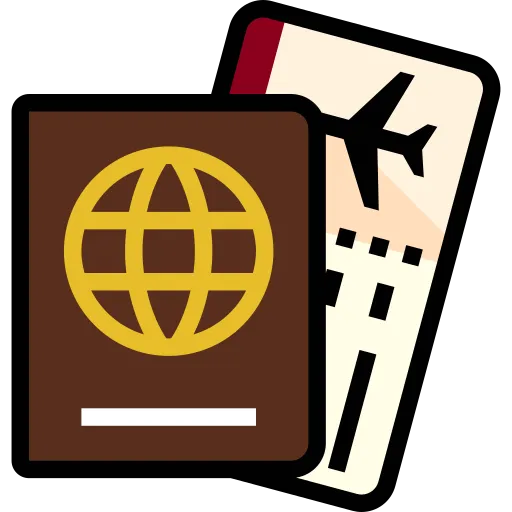

Passport Requirements
Visa Requirements
Special Entry Provisions
Visa Types
Important Links
Additional Considerations

Current Toll Roads
Toll Rates and Payment
Driving in Laos
Important Considerations
Useful Links

The official currency of Laos is the Lao Kip (LAK).
Key Information
Currency Exchange
Payment Methods
Travel Tips

Understanding local laws and regulations is crucial for a safe and compliant visit. Below are key legal considerations for travellers in Laos, updated as of 2025.
Local Laws & Restrictions
Duty-Free Limits
Prohibited Items
Luggage Issues
Complaints
Beach Access
Key Resources

Laos is generally safe for travellers, with low crime rates and a reputation for hospitality, though remote areas may pose risks due to UXO and poor infrastructure. Travellers should remain aware of health precautions, road safety, and emergency protocols. Below is a concise guide to staying safe and healthy in Laos.
Safety Overview
Health Risks
Medical Facilities
Emergency Contacts
Travel Tips
Key Links
